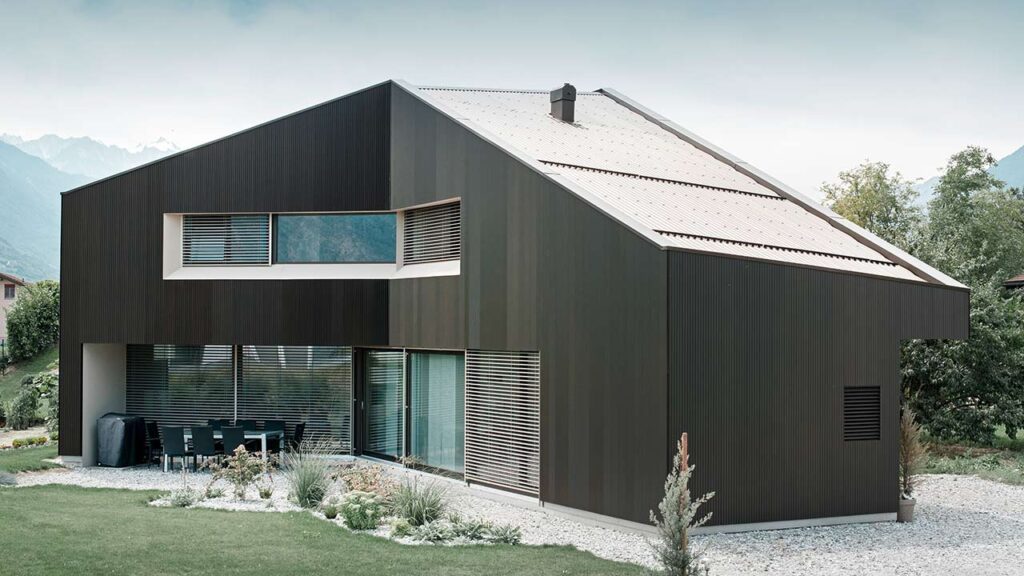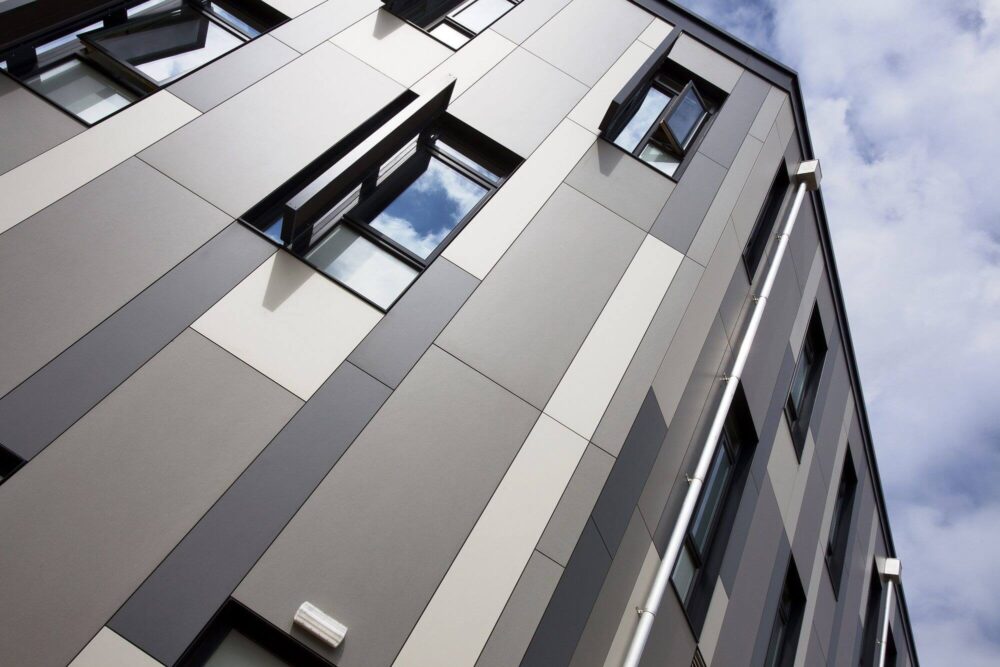In the world of architecture and construction, aluminium cladding has gained immense popularity for its ability to enhance both the aesthetics and durability of buildings. With their sleek appearance, versatility, and weather-resistant properties, aluminium cladding panels have become a go-to choice for architects, builders, and homeowners alike. In this article, we will delve into the features, benefits, and applications of aluminium cladding, exploring how it can transform the look and performance of various structures.
What is Aluminium Cladding?
Aluminium cladding refers to the process of covering a building’s exterior with thin aluminum sheets or panels. These panels are typically lightweight, making them easy to handle and install. Aluminium cladding offers a range of design options, allowing architects to achieve different visual effects and create unique facades.
Features and Benefits of Aluminium Cladding
Durability and Weather Resistance
One of the key advantages of aluminium cladding is its exceptional durability. Aluminum is a non-corrosive material, which means it is resistant to rust and decay. It can withstand harsh weather conditions, including heavy rain, strong winds, and intense sunlight, without deteriorating. This durability ensures that the cladding remains intact and maintains its aesthetic appeal for an extended period.

Versatility in Design
Aluminium cladding offers unparalleled versatility when it comes to design possibilities. It can be shaped, bent, and formed into various profiles, allowing architects to create visually striking facades. Additionally, aluminium cladding is available in a wide range of colors and finishes, enabling customization to match the desired architectural style and surrounding environment.
Energy Efficiency
Another significant benefit of aluminium cladding is its contribution to energy efficiency. By acting as an additional layer of insulation, it helps to regulate indoor temperatures, reducing the need for excessive heating or cooling. This energy-saving feature not only promotes environmental sustainability but also results in cost savings for building owners.
Low Maintenance
Unlike some other cladding materials, aluminium cladding requires minimal maintenance. It does not require painting or sealing, and its smooth surface makes it resistant to dirt and stains. Occasional cleaning with mild detergent and water is sufficient to keep the cladding in optimal condition, making it a practical choice for long-term use.
Applications of Aluminium Cladding
Aluminium cladding finds application in various architectural and construction projects. Some common uses include:
Commercial Buildings
Aluminium cladding adds a modern and sophisticated touch to commercial buildings such as office complexes, shopping malls, and hotels. It’s sleek appearance and customizable design options help create visually appealing facades that leave a lasting impression on visitors and passersby.
Residential Buildings
In residential construction, aluminium cladding offers homeowners an opportunity to enhance the exterior aesthetics of their homes. Whether it’s a contemporary design or a traditional style, aluminium cladding can be tailored to suit different architectural preferences, giving residences a distinctive look.
Educational Institutions
Schools, colleges, and universities often opt for aluminium cladding due to its combination of durability and visual appeal. The cladding not only protects the building from external elements but also imparts a sense of prestige and modernity to educational institutions.
Public Structures
Public structures like museums, libraries, and community centers can benefit from the use of aluminium cladding. Its versatility allows architects to incorporate artistic elements and unique shapes, creating iconic landmarks that stand out in the urban landscape.
Conclusion
The aluminium cladding has become a preferred choice for architects and builders seeking to elevate the aesthetics and durability of structures. Its features, including durability, versatility in design, energy efficiency, and low maintenance, make it an attractive option for both commercial and residential projects. By using aluminium cladding, architects can transform ordinary buildings into visually striking works of art while ensuring long-term protection against the elements. Whether it’s a modern skyscraper or a quaint suburban home, aluminium cladding has the power to enhance the overall appeal and functionality of any structure.

